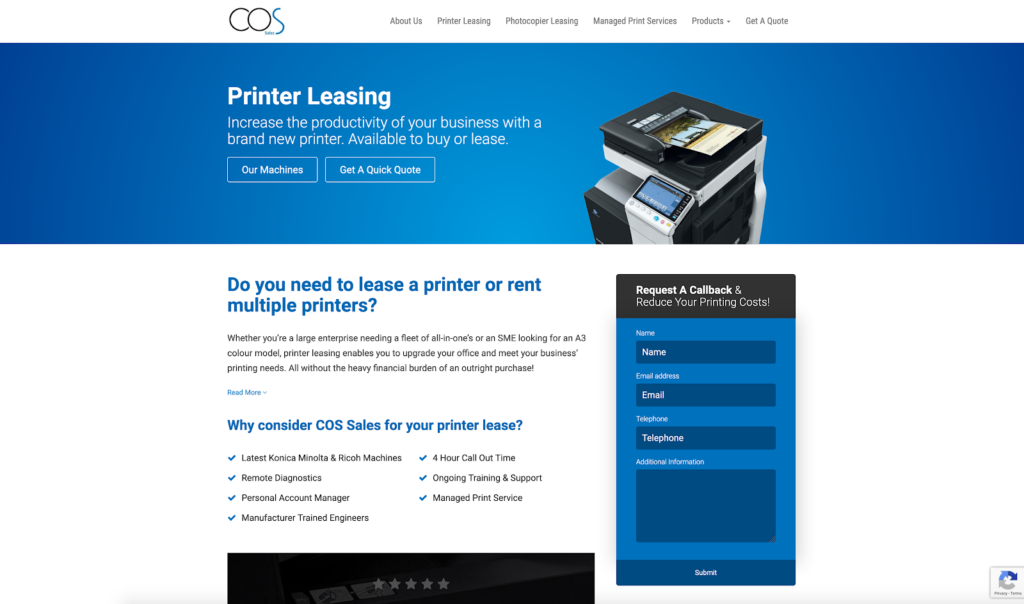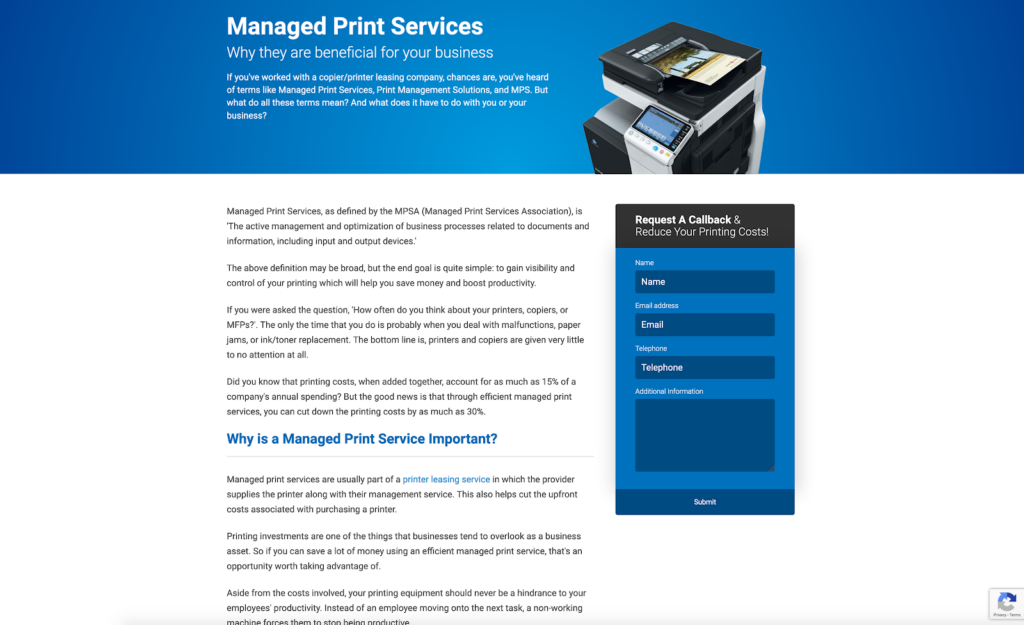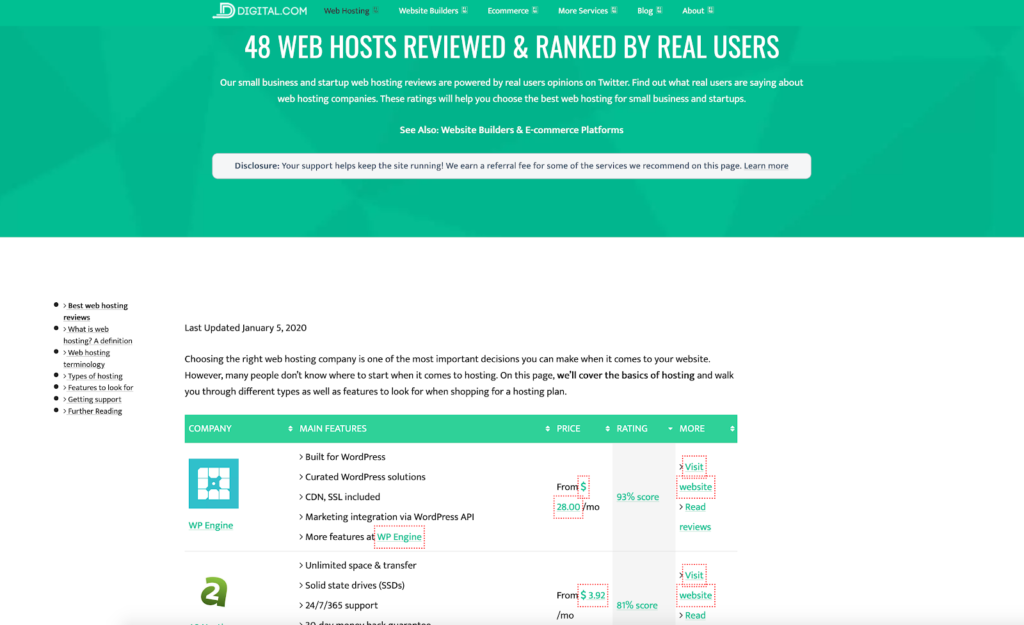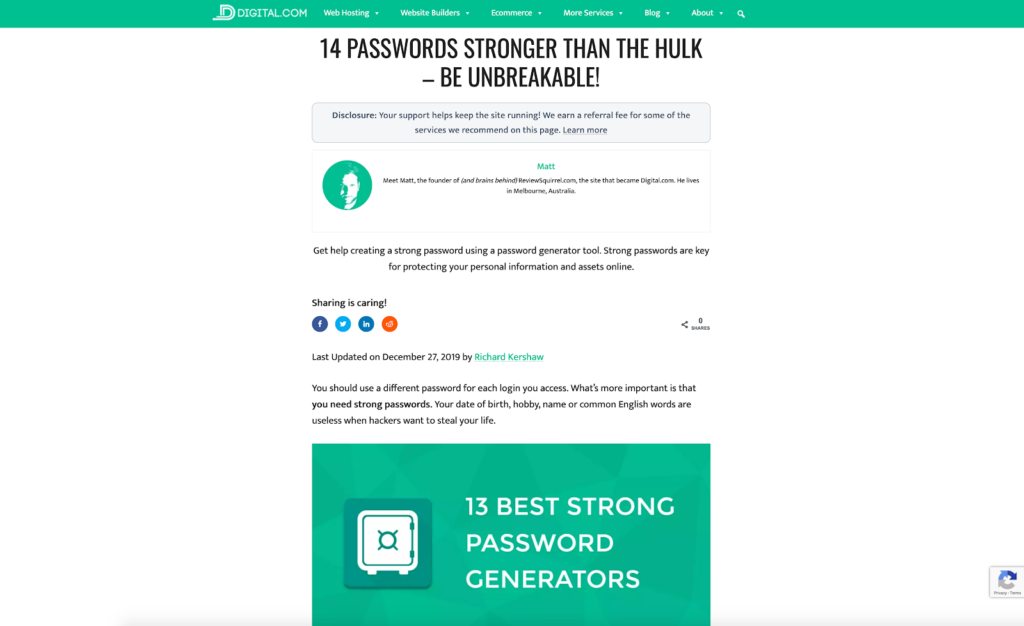The internet has opened the door for many companies, organisations, and even individuals to have a marketing platform for their products and services. It gives them an opportunity to have a digital storefront accessible to a wider audience 24/7. It is now possible to reach a customer thousands of miles away by having an online presence.
For many internet users, the content they find online can shape their first and lasting impression about a business. What they see, read, and view online often helps to shape purchasing decisions. This is why it is important for businesses to ensure that their online business copy is helpful and well written.
If you are in the process of building or revamping your website, you might be wondering what makes online copy effective. Is it really so much different from writing for traditional marketing materials such as brochures and flyers? To better understand this, let’s look at how business websites use language and adapt it to suit different purposes.
Let’s talk business
Digital copy used for business websites has evolved from just being a duplication of a company brochure. It is now a specialised style of writing targeting online readers. It may have once been acceptable to lift a whole block of text used for printed materials and transfer that onto a company website. But now, this practice is one way to lose your audience.
A person surfing the internet has a very different set of behaviours than a person who will proactively pick up a manual about a certain company. Internet users usually have a shorter attention span and with just a click of a button, they can choose to switch to your competitor’s site. Thus, it is important to grab their attention rather than present them with lengthy encyclopaedic copy. Whatever the nature of the business website, online copy is usually more concise compared to printed copy.
In terms of tone, the language in business copy is traditionally seen to be more formal and professional than consumer websites such as entertainment, lifestyle, and travel pages. However, this has changed, as language is now being tailor-fitted depending on the nature of the business, the industry, and the target audience. While there are still businesses who benefit from adopting a more formal tone such as legal firms, financial institutions, and oil & gas companies, the language used in newer industries such as tech and ecommerce is more upbeat and conversational.
The style of writing for online business copy differs depending on the purpose of the content and where it will exist in the online environment. In one website, for instance, the language used in the different web pages varies. While the overall tone may embrace the company’s brand (upbeat, formal, daring); there is a difference if the copy is to be used in the home page or one of the inside pages. Each page serves a different purpose and it is important to understand this when writing online business copy.
Language variations in online business copy
Comparing different sections of websites is a great exercise to better illustrate the language variation used. This can potentially help business owners who are also in the process of developing their online platforms. To do this, take a look at two different business websites and how they have developed their online copy.
The first we’ll look at is the website of a company called COS Sales. The company is involved in providing office IT, printing, and AV technology solutions to customers. By browsing their website, you can clearly see the differences in the language used depending on what page you’re on. A good example is to check out one of their service pages versus their knowledge centre section. Below is a comparison of their printer leasing service page versus their knowledge centre entry regarding managed print services.

Length
The copy on the printer leasing service page is clearly much shorter than the knowledge centre page. The use of short phrases and sentences is evident in the service page to quickly communicate what the service is. This is very useful especially for people who just want a quick look. The purpose of the service page is to sell, so it makes sense to list all of the features.
The knowledge centre, on the other hand, uses longer and more detailed sentences. Educational content can afford to be more detailed. On this type of page, you can spend more time going into detail about the topic. Users want and expect to find a comprehensive resource.
Tone and Style
The language used in the service page is much more snappy and straightforward. At the same time, even if the overall tone of the website is informal, this page has a more factual and authoritative feel to it. This is common in many service or product pages because you want the reader to see your product as a credible and reliable option.
The knowledge centre page is much more conversational and relaxed in terms of tone and style. It’s like you’re talking to one of your friends who’s explaining what a managed print service is and the many reasons why it is beneficial. The common misconception is to make informational pages too formal, however, this can prove boring for many readers so utilising a friendly approach helps make the copy more readable.
Vocabulary
The words used in both pages are mostly simple and easy to understand. Since the business deals with technical products, there are some jargon and industry terms used. On the service page, these terms are defined but not explained fully. On the knowledge centre page, all the different terms that may seem alien to readers are given a longer explanation using simpler words that can describe the concept.
Content
On the service page, the content presents a highlight of the service features and benefits through bullet points. It also answers questions directly by telling you what you’ll get when you choose the service. On the knowledge centre page, there is much more detail and it also uses different relatable scenarios and examples.

Business online copy is not only limited to company websites. How about copy that targets businesses as their target readers? The Digital.com website is a good example of this. It is a website that aims to assist small business owners in making the right buying decisions when it comes to digital products and services available in the marketplace. Because this website does not really promote a single brand, it will be interesting to see how language is used in the different pages of the website.
The two pages in the Digital.com website that we will be comparing below are their page comparing web hosting services and a post on different password generators in their blog section.

Length
The web hosting page is very lengthy. It aims to provide comprehensive information to guide business owners through the process of selecting a web host.
Even if the text copy is long, it is very noticeable that the content is divided into different topics with separate headings. This makes the content ‘skimmable’ so readers can easily find and skip to the sub-topic they are interested in reading.
The length of the blog post is pretty standard at around 1,000 words. Most business-centered blog posts typically range from 750-1,500 words. This is a good length to provide adequate information without being too tedious. The text uses a list format, which is also divided into different sections for easier reading.
Tone and Style
The web hosting page utilises a Q&A style for most of the text, answering the questions directly and succinctly. The tone is factual and gives the reader all the required information up front.
The blog post, on the other hand, has a story-telling element. It points out a common problem at the beginning and gives the reader different solutions up to the end. The language is also more expressive. The entire article is written more like a magazine article or an opinion piece.
Vocabulary
The words on the web hosting page use more technical terms to explain the different sub-topics while the language used in the blog post is more creative and descriptive.
Content
For the web hosting page, while all the different sub-topics pertain to web hosting, they do not necessarily relate to one another. When put together the aim is to give the reader a full understanding of web hosting and have the confidence to choose a web host of their own.
On the blog post, there is only one topic that flows from the start to the end which is covered in as much depth as is necessary.

Developing language efficiency in online business copy
Language is constantly evolving and this also applies when it comes to writing online business copy. What may be effective for one website may not necessarily be appropriate for another. The best way to improve your online business copy is to know your brand and understand your target readers. This will allow you to use language in a way that will truly resonate with them.
About the author
Nathan is a business advisor and business writer at Biznas. He has helped many clients solve their business problems, and now imparts his advisory knowledge onto others to help them improve their businesses too.



